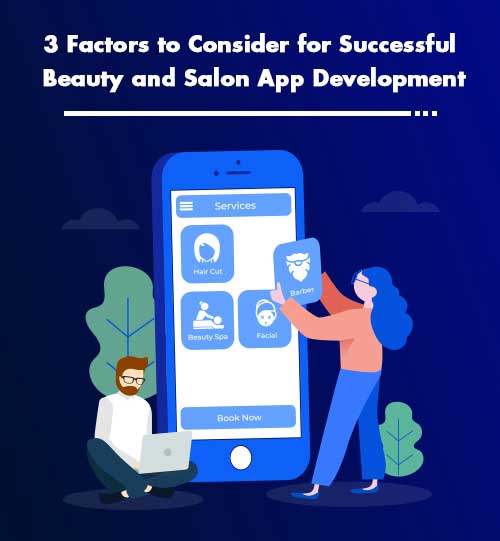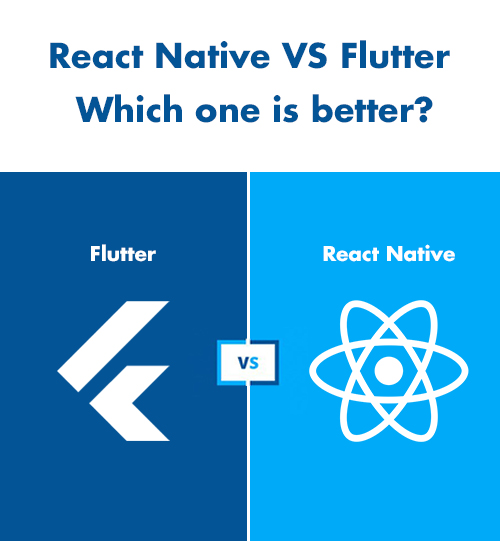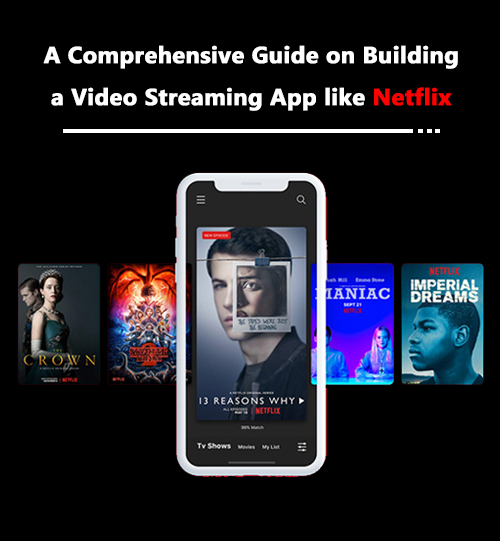On-demand applications are gold mines that give assured returns to all the businesses. From booking cabs to booking online appointments, users can perform everything with just a few taps in a mobile app.
Being in the beauty and salon business, you might be encountering certain obstacles like messing up with appointments in busy days, missing phone calls while attending other clients at the salon, unable to prepare special gift cards for your regular clients or offering them discount coupons.
With an iOS/Android app development for your salon business, you can get a comprehensive solution from bookings to payments and also enhance your customer base. Apps like Glamsquad, Stylebee, Priv are the leading salon apps in the US, which provide the best on-demand experience to customers.
The on-demand salon apps not only save customers’ commute time but also eliminate waiting in a queue for their turn. Probably, everyone can now easily avail beauty services in their four walls using a salon app. So, if you’re devising to create your own salon app and offer a remarkable customer experience, consider these three factors that can add value to your app as well as business.
Provide a Versatile Menu to Users
To develop a salon app, consider all the needs that users might expect in an online beauty service. So, you need to curate a versatile menu that comprises every beauty services right from manicures and haircuts to every other body rejuvenating therapy.
Additionally, looking for more options is a human tendency. Even while scrolling an app, users would like to explore more beauty services and packages that are pertinent to their needs and budget. Thus, create a user-friendly design for seamless navigation from one menu to another in your application.
Provide Convenient Scheduling/Rescheduling to Users
When you aim for a scheduling app for your salon business, keeping customer convenience in mind is of utmost importance. Customers have shifted to online services because of their instant availability and other perks like:
- Schedule or Reschedule a service
- Select a date, time, and location as per their convenience
- Choose their professional service providers
- Book more than one service at a time
- Cancel an appointment anytime for minimal or no charge
Online appointments serve as a boon for your business as well as customers. You will be able to give a personalized treatment to every client, avoiding misunderstandings that usually happen over a call. Additionally, with an automatic scheduling and rescheduling feature, you can easily manage multiple appointments using your beauty salon application. Also, you can scan through available slots and appointments through an in-app calendar.
So, to develop a salon app in 2020, it is essential to bear such an intriguing factor in mind. With the help of iOS/Android app developers, you can have an idea of the scope of an online beauty app and also cross-verify your salon app idea.
Provide Shopping Experience to Users – An Additional Benefit
Besides providing beauty services via the app, you can sell your own beauty product line. Using your app, users can buy their desired products whenever they want. Furthermore, you can offer exclusive discounts and offers as a gift of appreciation to your loyal customers in order to encourage them to make more online purchases.
Now, let’s go through some key features that you must integrate into your app to engage and retain more customers to your beauty platform.
Features of Beauty Salon App
- Login/Sign Up
- Catalog of Beauty Services
- List of Professionals
- Book an Appointment
- In-built Calendar
- In-app GPS Tracker
- Schedule/Reschedule Appointments
- Multiple Payment Gateways
- Push Notifications
- Automated Cost Calculator
- Photo Gallery (To showcase your work)
- Customer Ratings and Feedback
- In-app Chat/Call System
These features are more than enough to survive and thrive in the market.
Final Words
The mobile app allows the salon business to have as well as offer everything under one roof. This way, you don’t have to list down every entry, follow-up the clients, and calculate the payment. All-in-all, a salon app almost eliminates the manual handling of tasks and facilitates business management even in your absence. You can manage cashless payments in the database, track the billing details of clients, send real-time notifications to clients, and more.
So, to have a head start, partner with a reliable company that provides end-to-end iOS/android app development services for salon businesses. They will not only code your app idea but also guide you in penetrating the market and gaining a competitive advantage.











